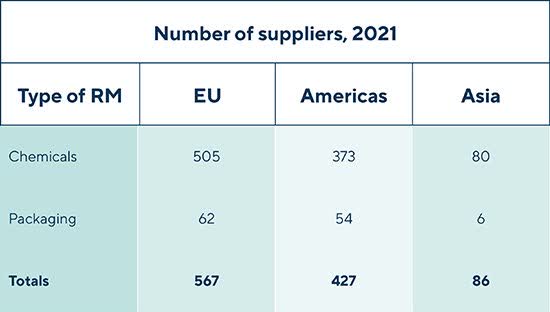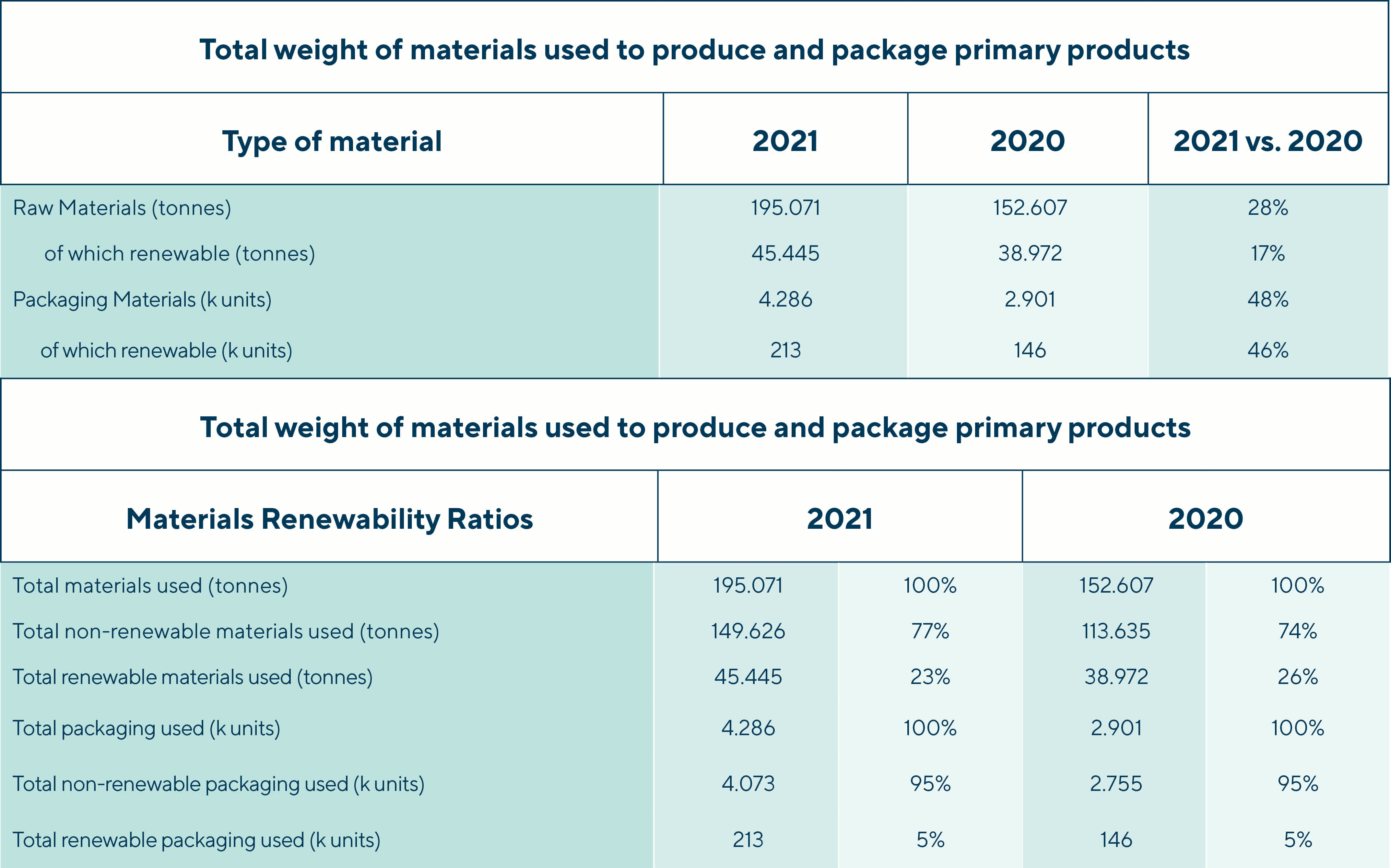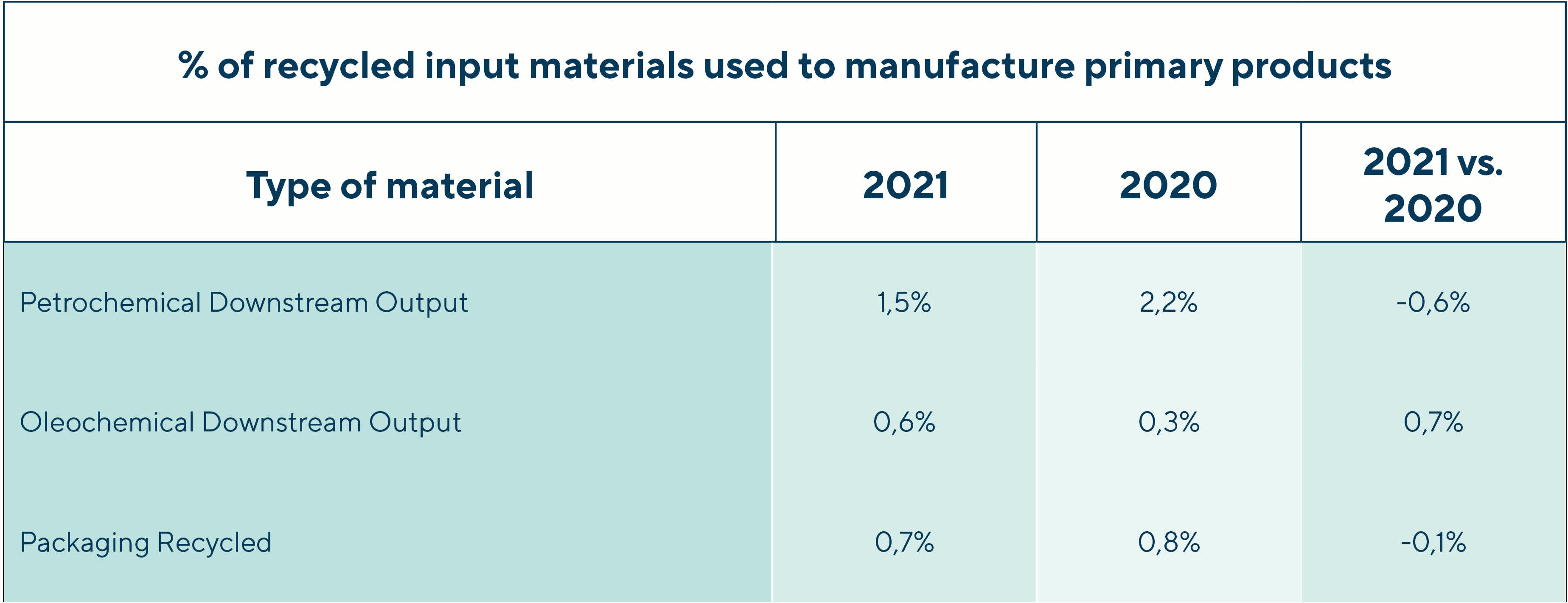Constantly finding new way to optimize our manufacturing processes
Our products’ quality, safety, innovation, and overall sustainability attributes are a reflection of our research capabilities, business acumen and capacity to translate such vital concepts onto the manufacturing plants.
Our Group is constantly finding new ways to optimize our production processes while maintaining our products quality and market competitiveness. Using the latest technologies available to gather and measure quality data for analysis, measuring, action planning and ultimately decision-making is how we approach our optimization strategies.



